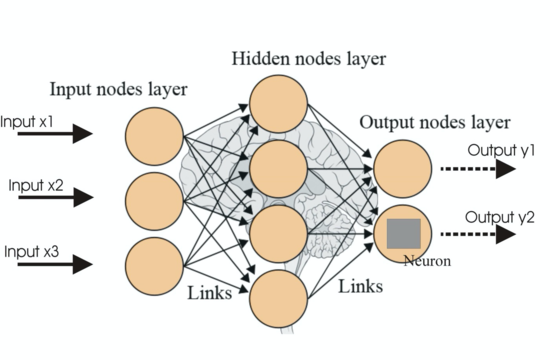EE 260 Spring 2020: Advanced VLSI Design for Machine Learning and AI
Instructor
Sheldon Tan (stan@ece.ucr.edu)
Office Hours: Thursday 3:00 to 4:00pm (better by appointment).
Office: WCH 424
Lecture
Tuesday and Thursday from 11am to 12:20pm
Location:
Zoom meeting ID: https://ucr.zoom.us/j/983426494
Meeting ID: 983 426 494
One tap mobile
+16699006833,,983426494# US (San Jose)
+16468769923,,983426494# US (New York)
Dial by your location
+1 669 900 6833 US (San Jose)
+1 646 876 9923 US (New York)
Meeting ID: 983 426 494
Teaching assistants
Sheriff Sadiqbatcha (ssadi003@ucr.edu)
Office Hour: Thursday 2:00pm to 3:00 pm (TA will attend each course, so better by appointment right after class)
TA Office Room: WCB 361
Prerequisite
Basic background in machine learning, VLSI designs
Course description
The course will introduce the advanced topics in modern VLSI IC design techniques and methodologies for emerging applications. Topic includes VLSI/FPGA design and optimization techniques for deep neutral network, approximate/stochastic computing, computing in memory, ML/AI-based approaches to VLSI design methodologies and emerging quantum/Ising computing.
Course background and description
The first working silicon transistor was invented at Bell lab in 1954 by Morris Tanenbaum and commercially produced by Texas Instrument in 1954 and it has been 62th anniversary of the invention. Recently machine learning, especially deep neutral networks (DNN) take us by storm as they propelled an evolution in machine learning fields and redefined many existing applications with new human-level AI capabilities. DNNs such as convolution neural networks (CNN) have recently been applied to many cognitive applications such as visual object recognition, object detection, speech recognition, natural language understanding, etc. due to dramatic accuracy improvements in those tasks. In this course, we will focus on recent advances in DNNs and how to design fast and power efficient DNN networks for many emerging applications and computing platforms. We also cover important topics such as approximate/stochastic computing, novel compute architectures and computing in/near memory techniques. We will also cover emerging machine learning design techniques for VLSI digital and analog circuit design. Important emerging topics such as quantum/Ising computing will be also covered. This course has a large emphasis on paper survey and seminar presentations of many important techniques.
Who can take the course?
Both EE and CS undergraduate and graduate students are welcome as VLSI design are fundamental knowledge and skills for hardware implementation of today's complicated systems.
Course topics and calendars
- Approximate and stochastic computing for machine learning
- VLSI architecture for deep neutral networks
- Computing in/near memory techniques
- Advanced design techniques for deep neutral networks
- Emerging adiabatic Ising and quantum computing
- Machine learning or AI of Thing (AIOT)
- VLSI architecture and circuit design for machine/deep learning
- Machine learning based techniques for Electronic Design Automation (EDA)
- Machine learning-based thermal modeling, analysis and control
- Machine learning-based reliability analysis and modeling
Reference book
Lecture notes and related papers.
Grading
Paper survey and presentations : 50%
Final project, project report and project presentation: 50%
All of them will be graded on the scale of 0 to 100 with 100 being the maximum score.
Project
Each student (can form a team with no more than 2 people) need to work on a project in this course. The topics need to be approved by instructor.
VLSI Design Tutorial
https://github.com/sheldonucr/ee260_lab
Assignment
Home works assignment will be issued through iLearn
